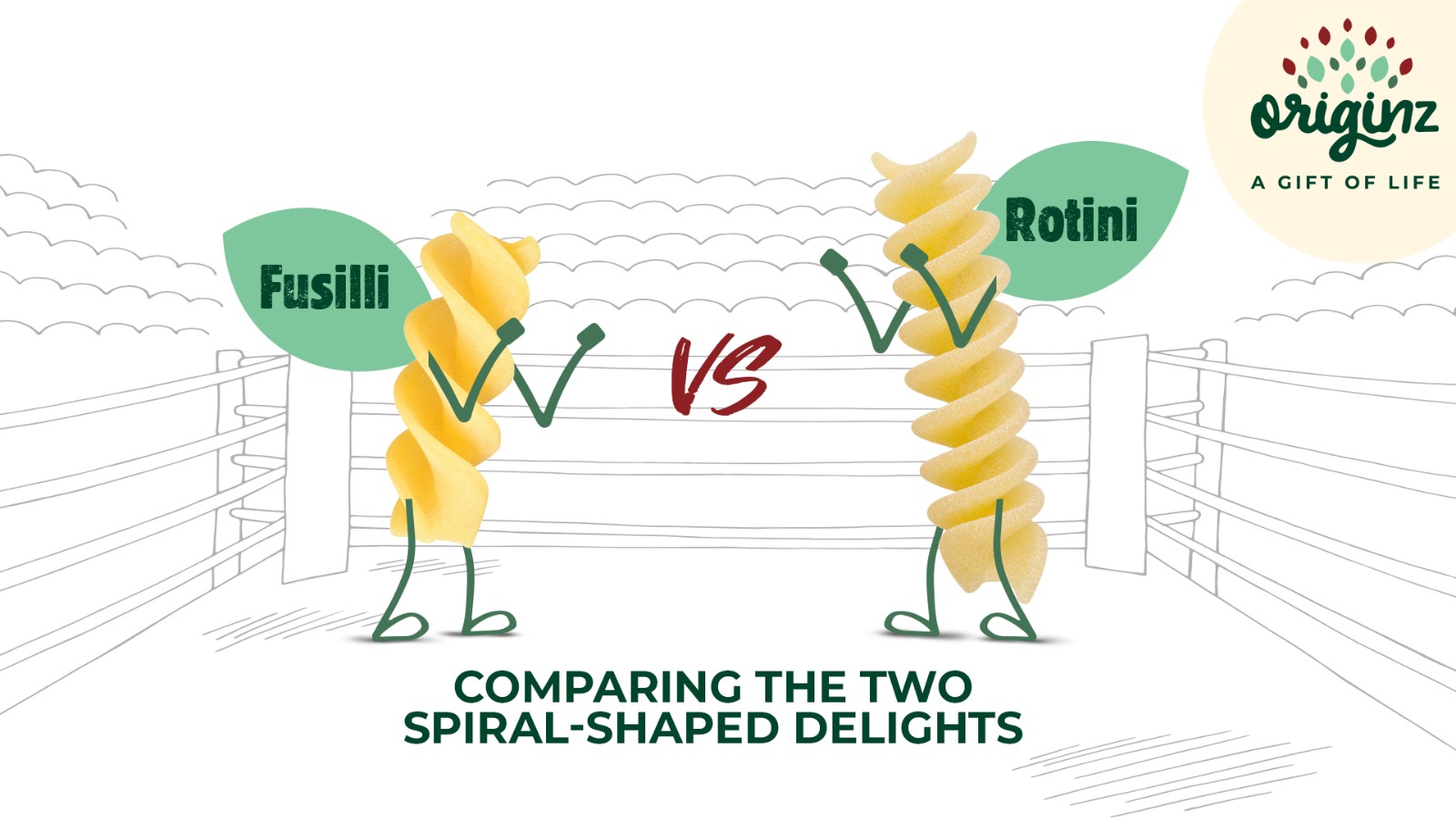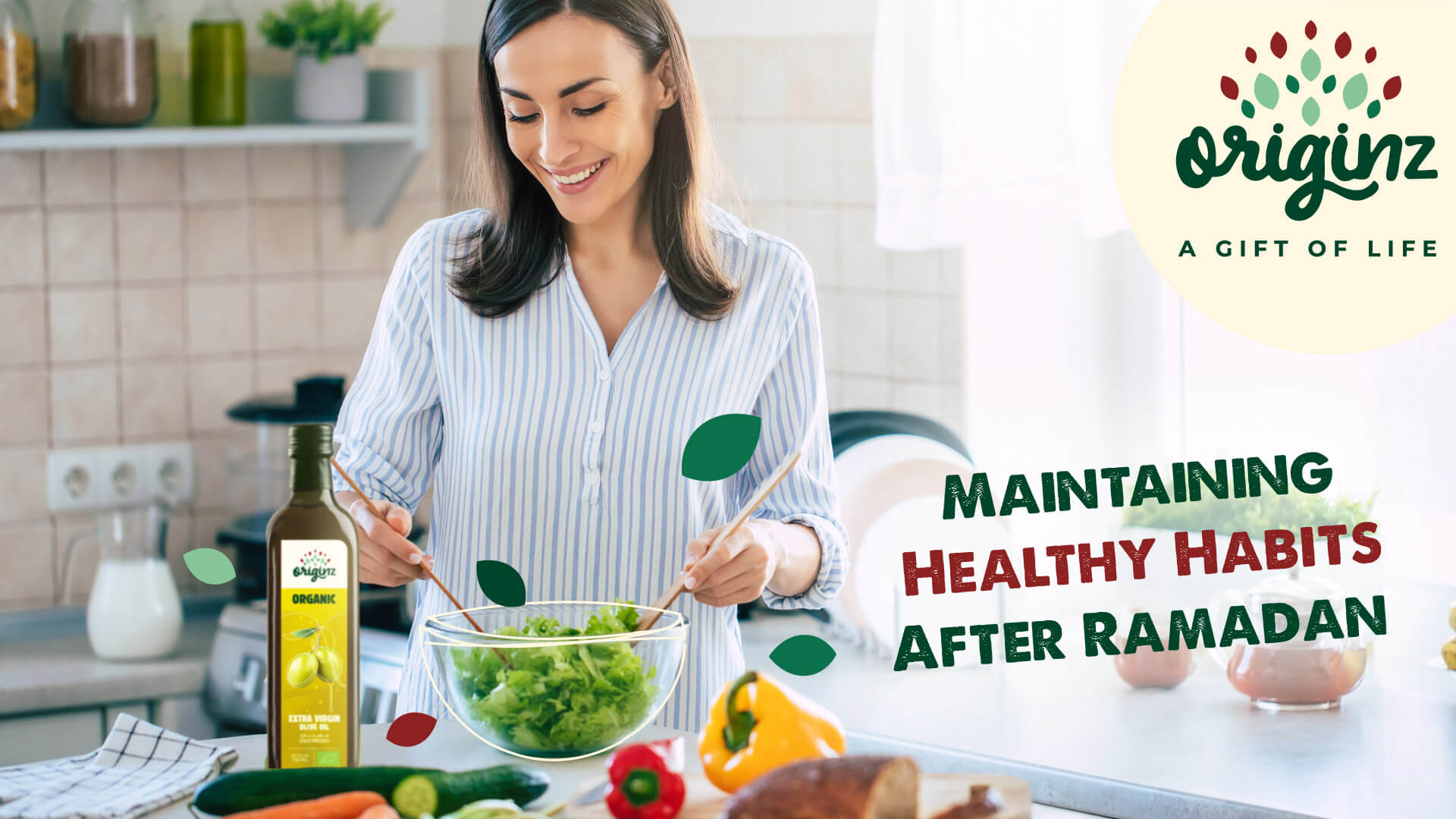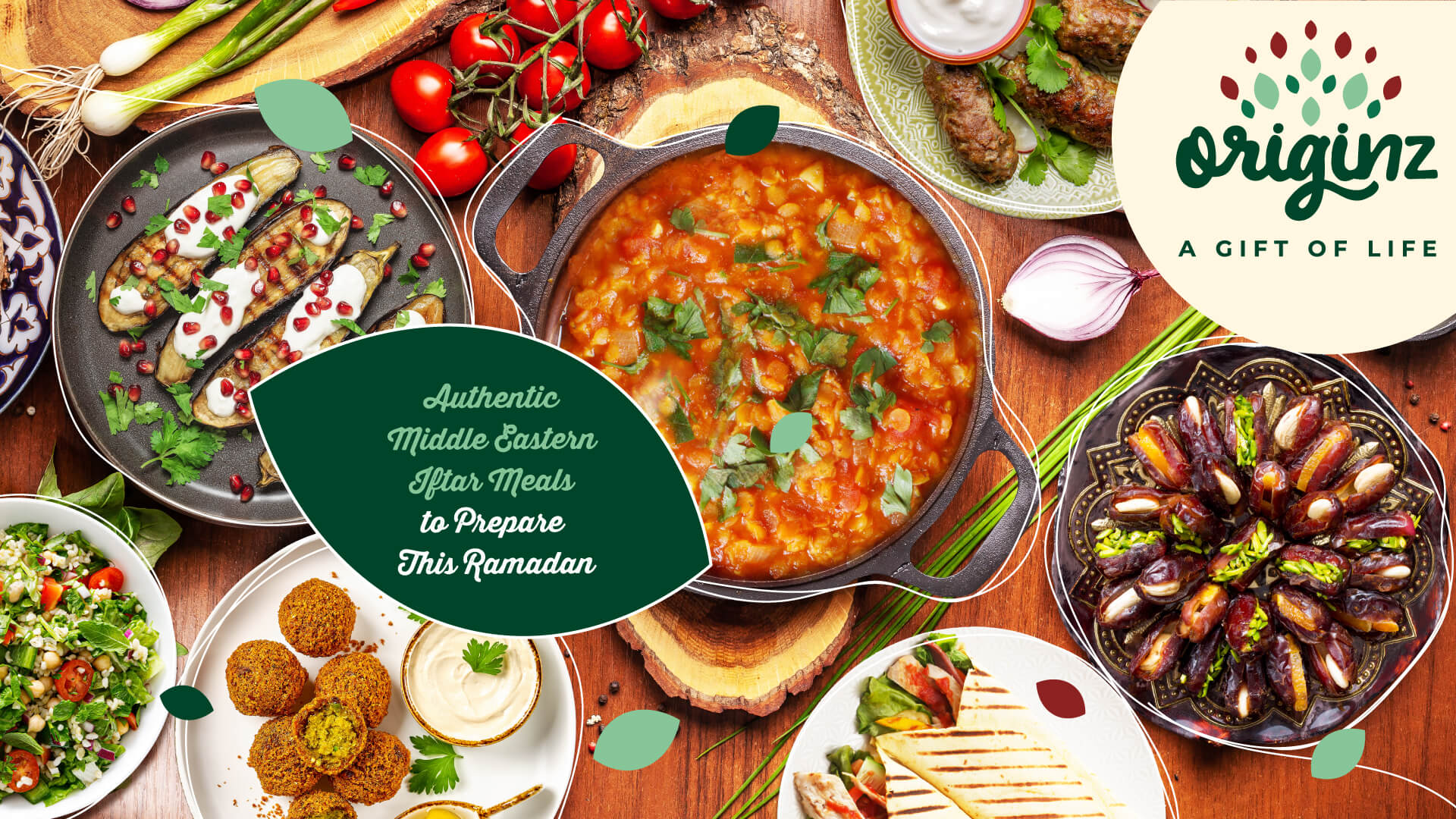
Fusilli vs Rotini: Comparing the two spiral-shaped delights
When it comes to pasta, the variety seems endless. Among the numerous shapes and forms, Rotini vs Fusilli pasta are two pasta types that often find themselves side by side on store shelves. Both are spiral-shaped and can be easily mistaken for one another at first glance. However, when you delve into their characteristics, cooking methods, and subtle distinctions, the difference between Fusilli and Rotini becomes quite apparent.
Exploring the Similarities
Before diving into the differences, let’s highlight the commonalities between these two spiral pasta types. Fusilli and Rotini both hail from Italy, a country renowned for its rich pasta tradition. They belong to the broader category of short pasta, designed to capture sauces and hold onto flavours, making them perfect for a wide array of dishes.
In GCC
countries like the UAE, Saudi Arabia, and Qatar,
pasta dishes have found a special place in both home-cooked meals and
restaurant menus. Spiraled pastas like Fusilli and Rotini are versatile enough
to appear in everything from light Mediterranean-inspired salads to
hearty main courses, perfect for Ramadan iftar spreads or family
gatherings.
The Twisty Twirl of Fusilli
Fusilli, derived from the Italian word “fuso,” meaning spindle, is a pasta variety characterized by its distinctive corkscrew shape. The spirals wind their way up the pasta, creating crevices that can trap every bit of sauce or dressing, ensuring that each bite is a flavourful explosion. The ridges and grooves on Fusilli’s surface provide a wonderful texture, making it an excellent choice for both simple and intricate sauces. The organic fusilli, in particular, has gained popularity in recent years due to the growing trend of consuming organic food. Health-conscious families across Dubai, Riyadh, and Doha have embraced Fusilli, particularly organic options, as part of a cleaner, more sustainable diet. Originz offers an excellent made from 100% organic wheat grown in family-owned farms in Southern Italy. It not only adds a delicious twist to your meal but also aligns with a conscious and healthy lifestyle.
The Whirlwind of Rotini
Rotini, on the other hand, presents a similar spiral shape, but with tighter twists and a slightly larger surface area. This makes Rotini an equally efficient vehicle for capturing sauces and holding them in every nook and cranny. The word “Rotini” comes from the Italian “ruotare,” which translates to “to rotate” or “to twist.”
Rotini has become
a go-to option for pasta salads enjoyed at beachside gatherings in Jumeirah,
casual family lunches in Riyadh, or weekend picnics in Muscat. Its sturdy and compact shape makes it ideal for both cold dishes
and recipes with chunky, heartier sauces, offering variety for every occasion.
Difference between Fusilli and Rotini
Now, let’s delve into the specific differences that set these two spiral pastas apart:
Shape and Size: While both Fusilli and Rotini are spiral-shaped, the nuances in their form distinguish them. Fusilli tends to have a wider and more open spiral, whereas Rotini boasts a tighter twist. This structural difference influences their ability to hold different types of sauces.
Texture: Fusilli’s larger surface area, combined with its pronounced grooves, allows it to hold onto sauces with ease. This makes it an excellent choice for creamy dishes like Alfredo pasta, a popular menu staple in GCC cities like Abu Dhabi and Kuwait City. Rotini’s compact twists provide a slightly different texture, making it suitable for a variety of recipes.
Sauce Compatibility: Due to its open spiral design, Fusilli is particularly adept at trapping creamy and chunky sauces. On the other hand, Rotini’s tighter twists make it an excellent partner for oil-based dressings and lighter sauces and vinaigrettes, making it ideal for summer salads enjoyed during gatherings in Doha or Dubai’s outdoor dining spots.
Cooking Methods: How to Prepare Fusilli Pasta and Make Rotini Pasta
How to Prepare Fusilli Pasta:
Boil Water: Fill a pot with water and bring it to a rolling boil.
Add Salt: Add a generous pinch of salt to the boiling water. This enhances the pasta’s flavour.
Add Pasta: Drop the Fusilli pasta into the boiling water and stir gently to prevent sticking.
Cook Al Dente: Follow the package instructions for cooking time, but aim to cook the pasta al dente, which means it should have a slight firmness when bitten.
Drain and Serve: Once cooked, drain the pasta and immediately toss it with your choice of sauce or ingredients.
How to Make Rotini Pasta:
Boil Water: Similar to preparing Fusilli, start by boiling water in a pot.
Add Salt: Add salt to the boiling water before adding the Rotini pasta.
Add Pasta: Gently add the Rotini pasta to the boiling water and stir occasionally.
Test for Doneness: Cook the pasta until it’s al dente. This step usually takes around 8-10 minutes.
Drain and Enjoy: Drain the pasta and combine it with your preferred sauce or ingredients.
Frequently Asked Questions
Q1: Can I use Fusilli and Rotini interchangeably in recipes?
An: While both pasta types share similarities, their differences in shape and texture can affect the overall experience of a dish. Fusilli’s wider spiral is better suited for chunky sauces, whereas Rotini’s tighter twist complements lighter dressings.
Q2: Are Fusilli and Rotini gluten-free options?
An: Traditional Fusilli and Rotini are made from wheat, so they contain gluten. However, gluten-free versions using alternative flours are available in some markets. Here, again, Originz offers an excellent option that’s both multigrain and gluten-free.
Q3: Can I use organic Rotini or Fusilli in my dishes?
An: Absolutely! Many brands offer organic versions of these pasta types. Opting for organic food ensures a higher quality product while supporting sustainable farming practices.
Q4: Which pasta type is best for cold salads?
An: Both Fusilli and Rotini work well in cold salads due to their spiral shapes that can capture dressings and flavours. Rotini, however, is a popular choice for summer salads enjoyed at outdoor barbecues in Bahrain and Oman.
In the world of pasta, the distinction between Rotini vs Fusilli pasta may seem subtle, but these differences have a significant impact on the dishes you create. Whether you're looking to craft a saucy masterpiece or a light, flavourful salad, comprehending the unique qualities of these spiral pastas empowers you to make the ideal choice for your culinary creations. So, go ahead, explore the aisles, and experiment with these delightful pasta shapes in your kitchen. So go ahead, explore the aisles of your local GCC markets, and experiment with these delightful pasta shapes in your kitchen. From Ramadan feasts to casual gatherings, Fusilli and Rotini will bring flavour, texture, and versatility to your culinary creations.
Further Read,
Latest Blogs

Maintaining Healthy Habits After Ramadan
Have Ramadan healthy meals after Ramadan and maintain healthy food habits and implement them in your daily lives. Read more about healthy food habits.

Authentic Middle Eastern Iftar Meals to Prepare This Ramadan
Prepare some authentic middle eastern iftar meals this Ramadan. Look for fresh Ramadan food ideas and make your day memorable with these dishes. Check them out.

Ramadan Dishes to Cure Fasting Fatigue
Don’t worry about fasting fatigue anymore as we have listed some best Ramadan dishes and easy iftar meals to support your fasting journey. Check them out.

Eid-al-Fitr Feast: Delicious Recipes to Celebrate the End of Ramadan
Celebrate the end of Ramadan with delicious recipes on the eve of Eid ul Fitr. Read more about the traditional Ramadan recipes and make them easily.